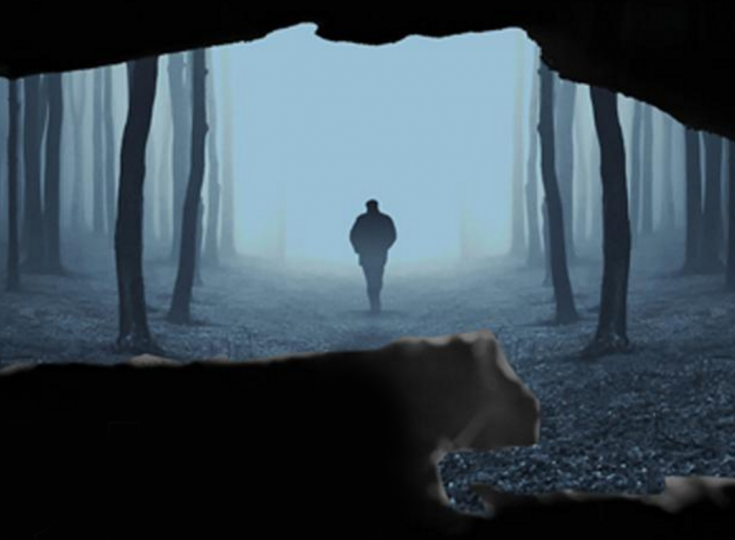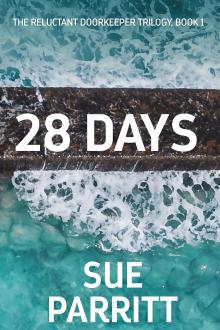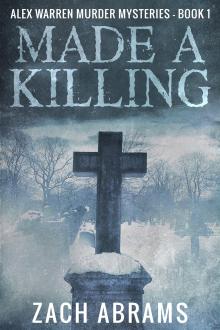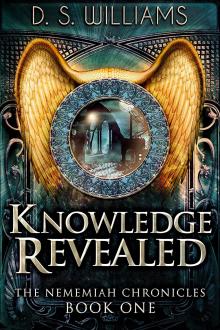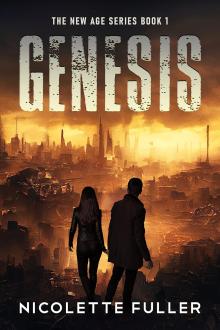Susan Z. Ritz - When Dreams Rule Waking Lives
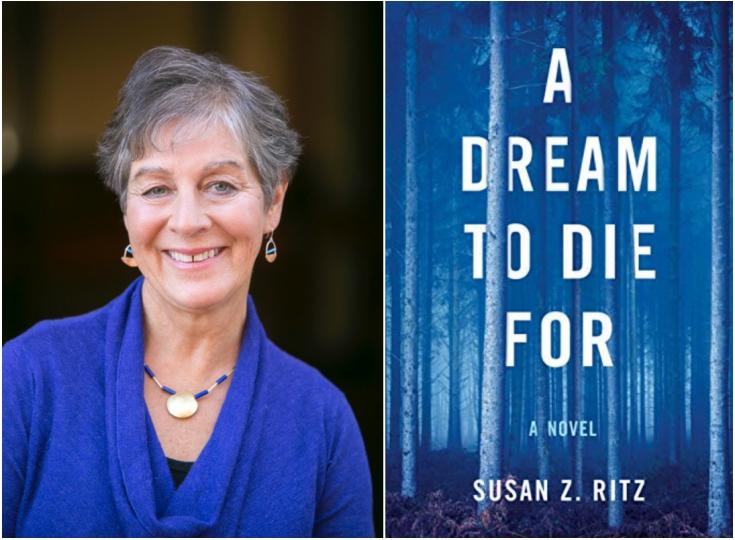
Susan Z. Ritz grew up in Minnesota, but left home to become a wandering scholar; she lived, studied, and worked in Kenya, Japan, Singapore, and Indonesia in the 1970s. During the Carter Administration, she was as a human rights lobbyist in Washington, DC, then moved with her family to Dachau, Germany, the setting for her memoir in progress, On the Edge of Dachau. For the past thirty years, she has lived with her husband and three children in Montpelier, Vermont, where she works as a fundraiser, events coordinator, and philanthropic advisor for a wide range of nonprofit organizations, especially those promoting economic equality for women. Writing, however, has always been her passion, and after receiving an MFA in creative nonfiction from Goucher College, she began writing for local publications and teaching creative writing to adults and high school students. A Dream to Die For is her first novel. As our Author of the Day, she tells us all about it.
What is A Dream to Die For About?
When small-town therapist Larry Blatsky is murdered, his computer containing the intimate dreams and terrifying nightmares of half the town is stolen. Suspicion immediately falls on globe-trotting bartender Celeste Fortune, known to be a rebellious member of his cult. With the help of her friend Gloria, Celeste sets out to find the real culprit. But when the two women discover the power of the stolen dreams, they become the killer’s next targets. Magical realism, virtual reality, and a cast that includes mystics and bartenders, artists and cops make this an unusual mystery that surprises at every turn.
What inspired you to write this book?
For over seven years, I saw a dream therapist who became in some minor ways the model for Larry Blatsky. This man was both brilliant and charismatic. And though I was never officially a member of a cult, almost everyone I knew was going to this same therapist. Our dreams ruled our waking lives and relationships. In fact, the dreams in this book are mostly from my own dream journals. In this book, I wanted to explore how someone like me, a strong, independent young woman could fall under the spell of a powerful guru. I also wanted to have some fun playing with virtual reality and explore the ways imagination and new technologies collide.
What makes Celeste Fortune tick?
Like me, Celeste is an adventurous woman who lived and worked in many countries around the world. I based much of her back story on my own years living and working in Kenya, Japan, Singapore, Indonesia and Germany. And like a much younger me, Celeste tried to hide her insecurity and low-self-esteem by never getting attached to people or places. That same insecurity allows her to fall under the spell of Larry Blatsky once she settles down in Riverton Falls. But even an unethical therapist can’t keep a good woman down! When Celeste finally allows herself to fall in love, her innate strength and rebellious nature come roaring to the fore, and she begins to find her own power.
Besides writing, what other secret skills do you have?
Actually, for many years, writing was my secret skill, something I did for myself on the sly once the kids were tucked in at night. Though I was primarily a mom, I also became very involved in my own small-town community, helping to start a Waldorf pre-school, organizing a film festival, and working with several organizations tackling women’s economic equality. Eventually, my passion for writing and also for teaching writing became the strongest force in my life. I came out of the closet, got an MFA in Creative Nonfiction, freelanced as a journalist covering stories about Vermont women, taught creative writing to adults and teens and wrote A Dream to Die For.
Why did you pick a small New England town as the backdrop for this story?
For many years I’ve written memoir about the many places I have lived around the world. I realized that I had written very little about Vermont, though I have lived here over 30 years! I set A Dream to Die For in a fictionalized version of the town I live in, Montpelier, the nation’s smallest capital city with a population of less than 8,000 people. I loved describing the places I know so well, the shops and bars, the library and even cemeteries. Though most of the characters are completely fictional, there are also several very recognizable Montpelier characters inhabiting my mystery. Writing about a small town made it easy to build connections between suspects. It also leaves the door open to sequels about characters and places my readers may want to see again.
When writing mystery - do you know from the start what the outcome will be, or do you also "discover" it along the way?
Discovery is my favorite thing about writing fiction. I actually had no idea who the killer was until I got to the end! I am definitely a “panster” not an “outliner,” which is probably why it took me several years to finish this book. I made everything up as I went along. Wanting to know what would happen next kept me motivated to sit down and do the hard work every day.
What is the hardest thing about being a writer?
Getting myself to sit down and face the blank page. I think that’s the hardest thing for most writers. There are so many other things I could be doing, like cleaning the refrigerator or spending a day on the ski slopes. I look for any excuse not to go to my office. But when I got serious about finishing this book, I set a writing schedule and made myself stick to it for three years. Ten am to three pm five days a week. No more lunches with girlfriends, no more meetings with colleagues doing great work for the community, no more dawdling over coffee and the paper in the morning. That was not easy. My friends were miffed and my former identity as an active participant in many arenas disintegrated. On top of that, so much sitting after many years as an active woman led to carpal tunnel syndrome and a new hip! I have now learned that to save my joints, I need to get up and move around frequently. I use the Pomodoro method of setting my little green egg timer for 25 minutes of uninterrupted writing (no fair looking at the internet!) and then give myself five to ten minutes to move around, eat, and catch up on social media! Then back to work for another 25 minutes. Rinse, repeat.
How do you think dreams serve us in life? Why do dreams play such an important role in this book?
Though I left dream therapy many years ago, I still rely often on my dreams when facing difficult or perplexing times. As Larry Blatsky explains to Celeste at her first appointment, dreams are the keys to our subconscious, the way we access our inner resources, face our hidden fears and find our untapped joy. They can tell us who we are if we have the right tools to unlock their often confusing stories. We can each learn to understand our own dreams and their personal significance if we pay attention to them over time.
What are you working on right now?
I am currently trying to get back into my writing habit and rebuild my writing muscles after several months of marketing my mystery. I have two projects on my desk. The first is a memoir I began 20 years ago about my life in Germany, presently titled On the Edge of Dachau. And for Celeste and Gloria fans, I am diving into a sequel using some of my own experiences in Indonesia as a jumping-off point. Stay tuned!
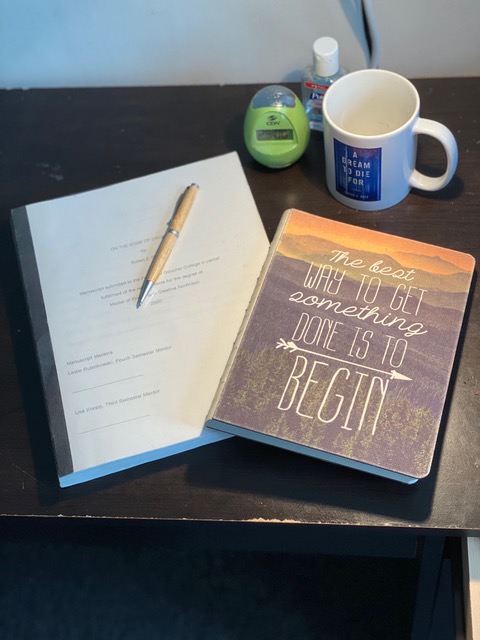
Where can our readers discover more of your work or interact with you?
I hope your readers will visit me at my website www.susanzrtiz.com to read more about the book, peruse my blog, and keep up on what comes next! You can also follow me on Facebook at Susan Z Ritz, Instagram as susanzritz and Twitter @szritz. I would love to hear what you think about A Dream to Die For!

